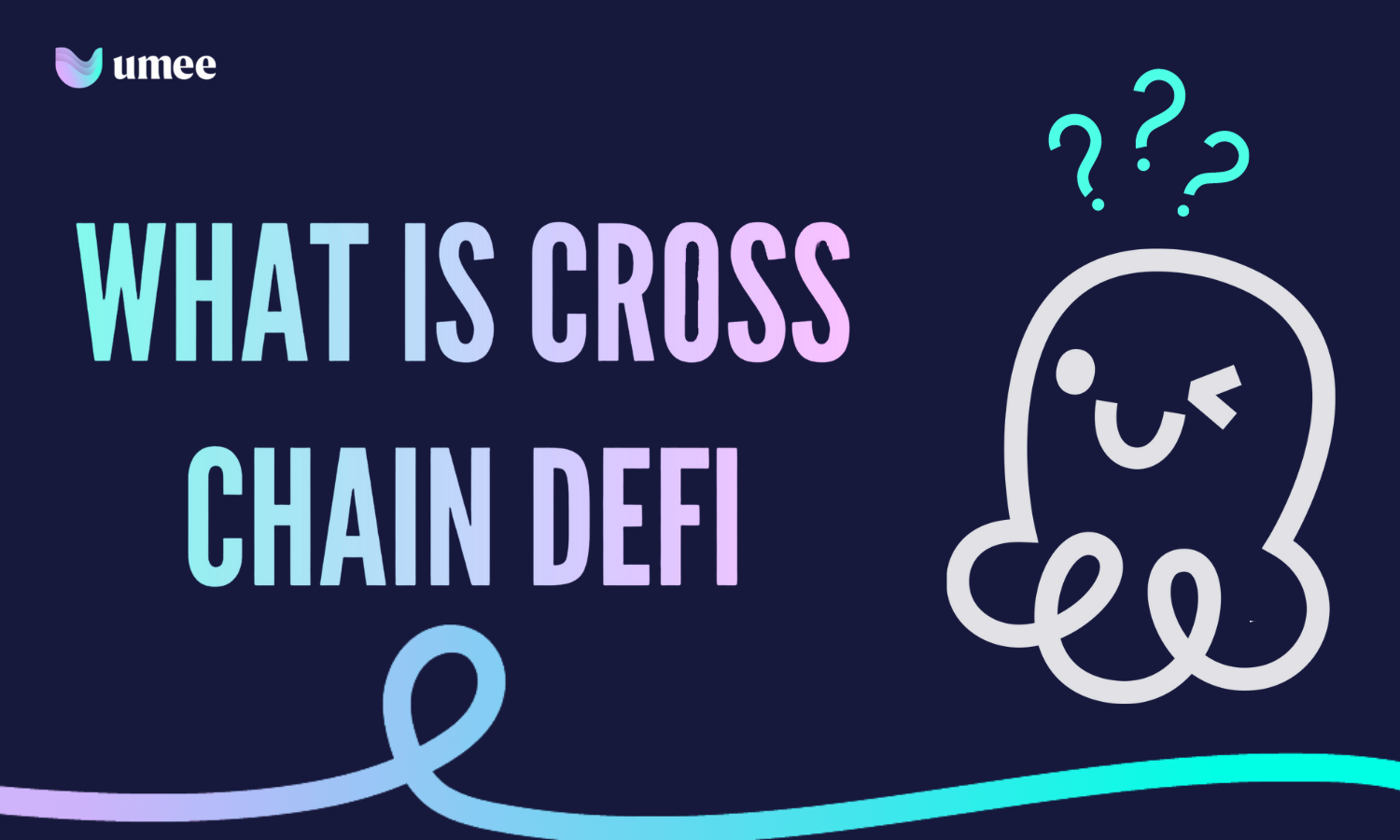What is Cross Chain DeFi?

TL;DR
Cross-chain DeFi is a new paradigm in decentralized finance (DeFi) that allows users to access decentralized applications across multiple blockchains. This is made possible through the use of cross-chain bridges, which allow tokens to be transferred between different blockchains.
What is Cross-chain DeFi?
Cross-chain DeFi, is an ecosystem that operates across multiple blockchain networks, allowing users to seamlessly access and interact with various decentralized applications (dApps), irrespective of the blockchain they are based on. It aims to address issues of interoperability, asset diversification, and scalability in the DeFi space by connecting different blockchains through bridges, wrapped tokens, cross-chain liquidity pools, and oracles, creating a more versatile and inclusive DeFi environment.
Why is Cross-chain DeFi important?
Interoperability: Cross-chain DeFi aims to solve the issue of interoperability, which is a significant challenge in the crypto space. Different blockchains have their own unique architecture, protocols, and ecosystems. Cross-chain DeFi enables assets to move seamlessly between these chains, facilitating more efficient and diverse activities.
Reduced Risk: By spreading their assets across multiple blockchains, users can reduce the risk associated with relying solely on one blockchain. This diversification can protect against network congestion, security vulnerabilities, and other issues that may arise on a particular blockchain.
Improved Scalability: Scalability is a persistent challenge for many blockchains. Cross-chain DeFi can help alleviate this problem by distributing transactions and smart contracts across multiple chains, potentially increasing the overall capacity and speed of DeFi applications.
How Cross-chain DeFi Works
To understand how Cross-chain DeFi operates, it's essential to grasp the underlying technologies and mechanisms:
Blockchain Bridges: These are protocols that facilitate the movement between different blockchains. Bridges lock assets on one blockchain and issue corresponding tokens on another, maintaining a pegged value.
Wrapped Tokens: To make assets from one blockchain compatible with another, they are often "wrapped." This involves creating a new token on the destination blockchain that represents the original asset. For example, wrapped bitcoin (WBTC) is a token on Ethereum that represents Bitcoin.
Cross-chain Liquidity Pools: These pools enable users to access assets from different blockchains. Liquidity providers deposit assets into these pools, and traders can swap between them.
Oracles: Cross-chain DeFi platforms often rely on oracles to provide real-world data and asset prices from multiple chains. Oracles ensure that the smart contracts on different chains can interact with accurate information. Example: Ojo is a decentralized oracle for secure and robust interchain communication for accurate price data.
UX: Cross-chain DeFi Protocol
UX is the first borrowing and lending platform aimed at offering universal cross-chain DeFi functionality that combines the strengths of blockchain architecture with the fundamentals of traditional debt markets.
As a base layer blockchain, applications and money lego primitives can be built on top of UX to access cross chain leverage and liquidity. The UX facilitates interoperability between the Cosmos ecosystem, Ethereum network, side chain architectures, layer two scaling solutions, and alternative base layer protocols. As a Cosmos SDK blockchain, UX is interoperable with blockchains including Terra, Crypto.com, Binance Chain, Osmosis, Secret Network, and 30+ other chains, plus Ethereum, from Day 1.
Conclusion
Cross-chain functionality represents the next frontier in the evolution of DeFi. It offers solutions to the challenges of interoperability, scalability, and asset diversity, empowering users with more options and reducing risk. As the blockchain space continues to evolve, Cross-chain DeFi projects and technologies will play a pivotal role in making DeFi services more accessible and versatile than ever before.
